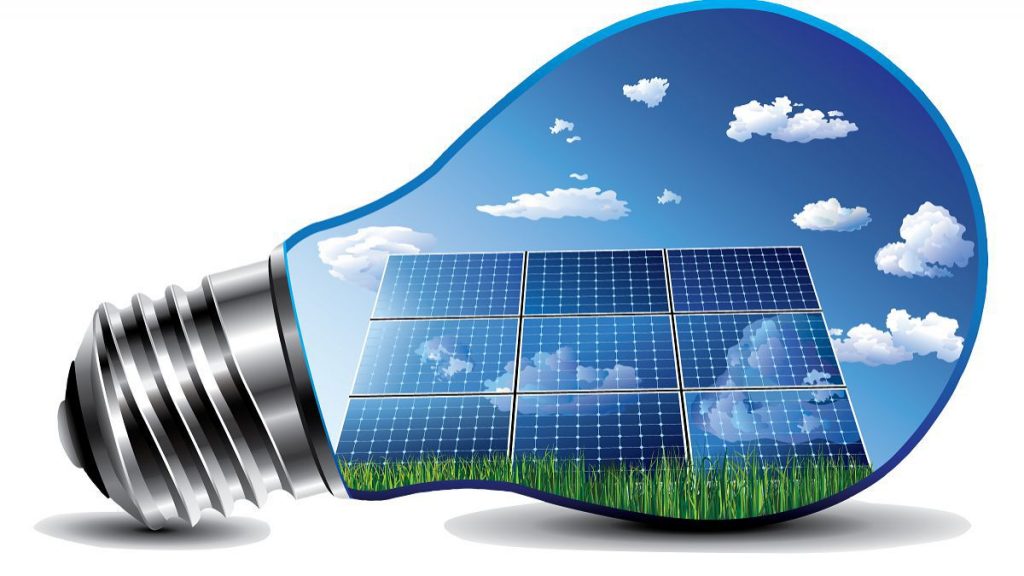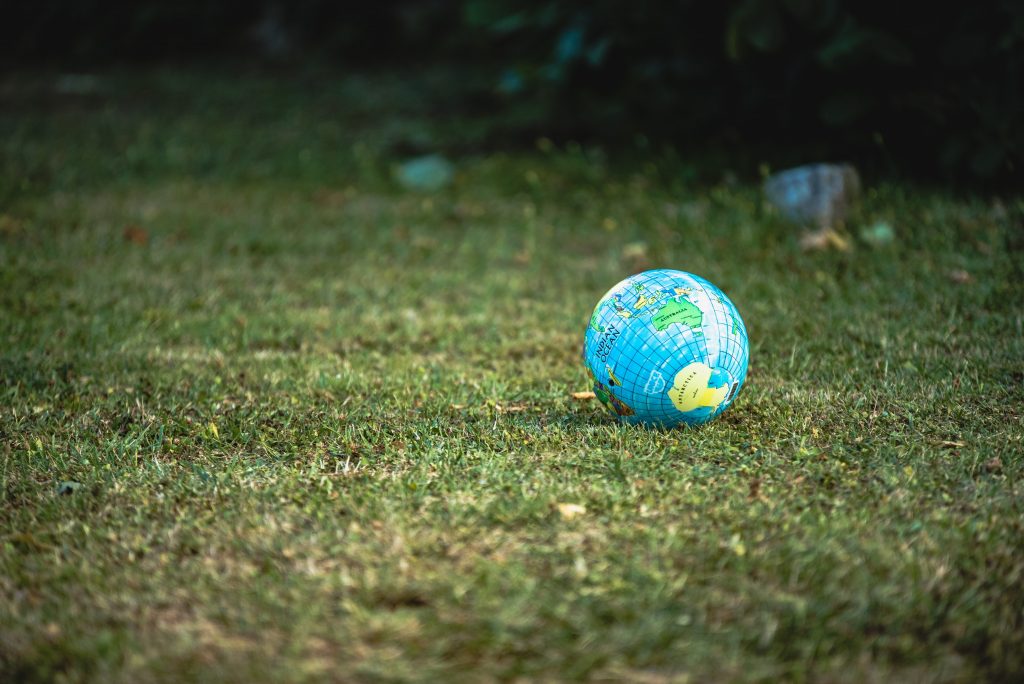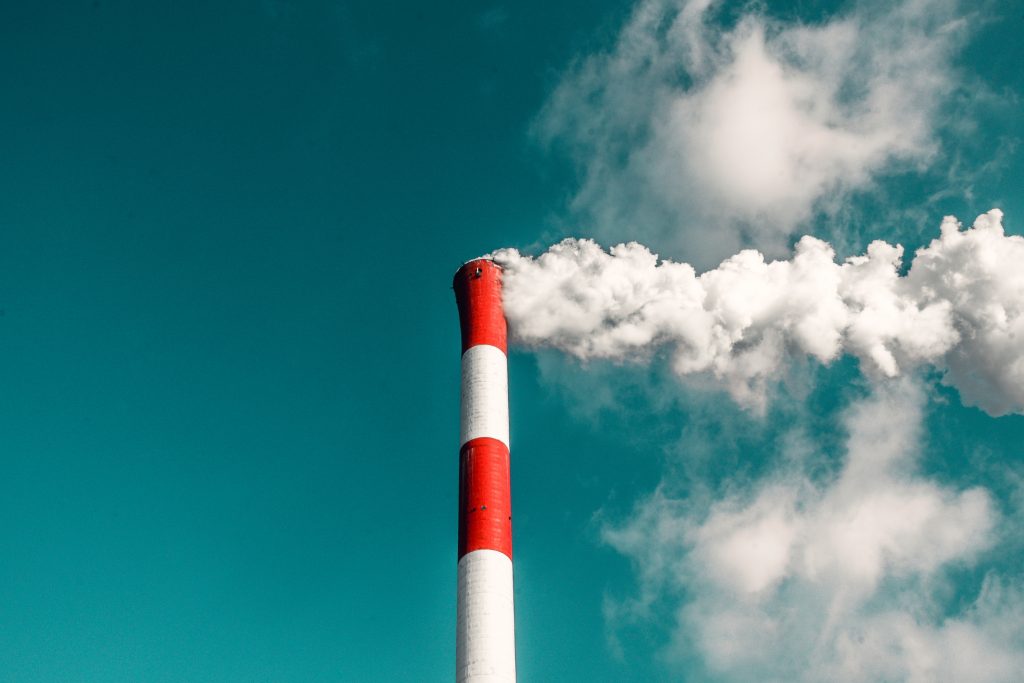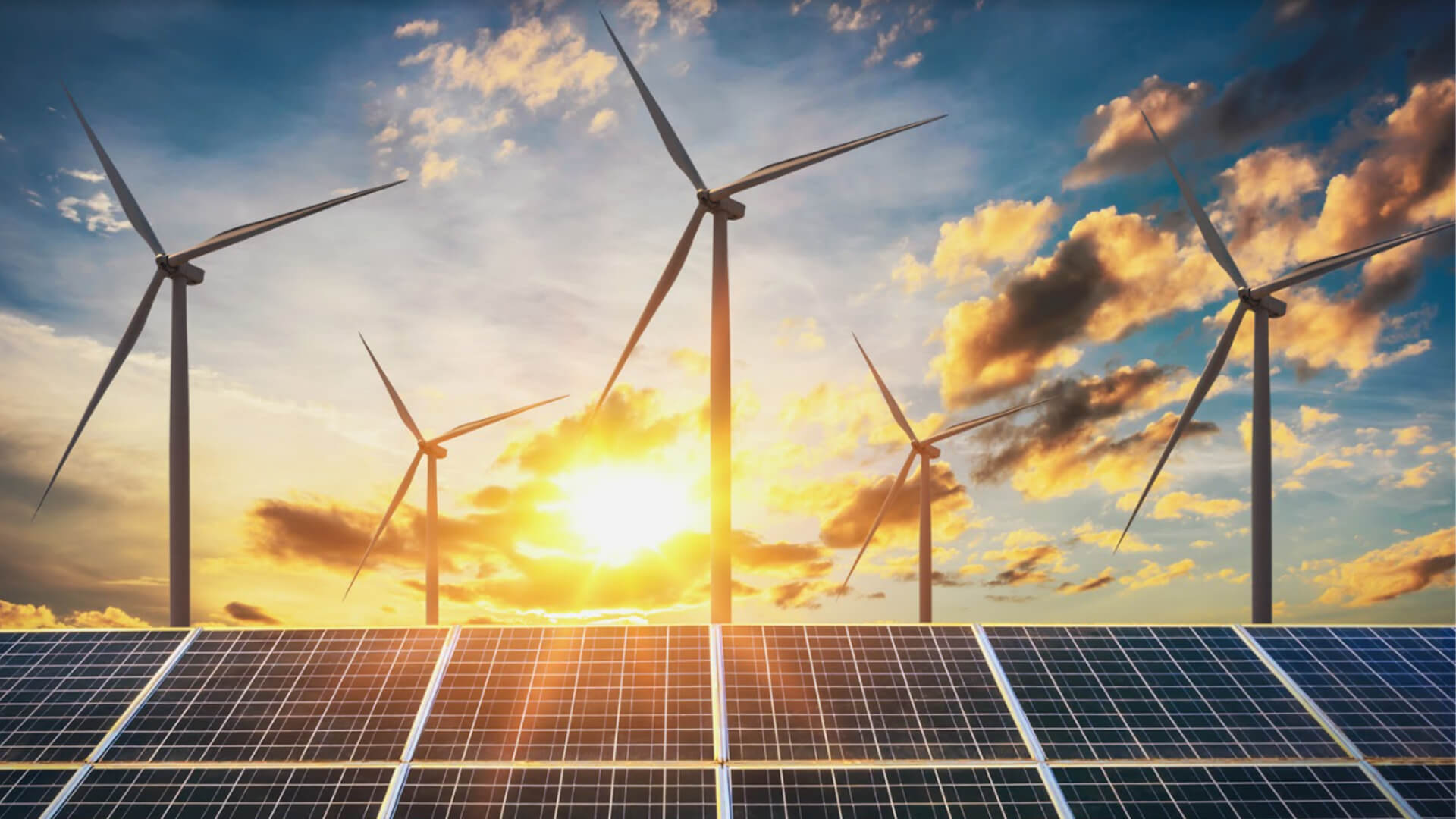The energy sent by the sun to our planet is divided into two categories: light and heat.
While photovoltaic panels facilitate the transformation of light into electrical energy, solar thermal panels use the heat from the sun to produce domestic hot water or for heating purposes.
The electrical energy produced by photovoltaic panels can be used for self-consumption, and the surplus can be used in two ways:
- Stored in accumulators;
- Injected into the network to be used where needed.

How much energy do we get from the sun?
To realize the importance of this energy source, remember the following two aspects:
- The energy that reaches a roof in a 14-day interval could power a home for a year.
- Every hour, enough energy arrives on Earth to ensure the consumption of the entire planet for a year.
Currently, only a portion of this solar energy can be converted into electrical energy. However, over time, we will undoubtedly use an increasingly larger portion of this solar energy, producing energy at much lower costs compared to conventional energy and storing it with ease.

Electricity Production: The negative impact on the environment
Currently, electrical energy comes from various sources. The main advantages of renewable energy, compared to energy produced from fossil fuels, finite resources, or other highly polluting sources, are its availability and reduced environmental impact.
In 2017, solar energy accounted for only 2.55% of Romania’s national energy mix. However, the potential is enormous, considering that half of the total 7.5 million households across the country are suitable for installing photovoltaic systems.
In the same year mentioned above, CO2 emissions generated by energy production reached a historical peak of 32.5 gigatons, with energy being the primary global pollutant.

By 2030, the European Union aims to reduce CO2 emissions by around 45% and increase the share of renewable energy in total consumption to 32% (from 20% in 2020).
Impact of Using Photovoltaic Panels:
| DURATION | 365 days |
| INSTALLED POWER | 3 kW (12 panels) |
| ENERGY PRODUCED | 3.720 kWh/ year |
| CO2 REDUCTION | 2,79 tCO2/ year |
| EQUIVALENT TREES PLANTED | 14/ year |
Recovery of Investment in Photovoltaic Panels
Due to their increasingly widespread use, the price of photovoltaic systems has steadily decreased in recent years. Today we meet photovoltaic cells everywhere:
- Garden lighting systems;
- External batteries for mobile phones;
- Boats;
- Trains;
- Airplanes.
Photovoltaic panels are becoming more and more affordable. The high rate of their promotion, the increasingly extensive research in the field and the fact that most states have or are planning subsidy policies for these systems are some of the factors that contribute to easy access to this technology.
In general, the investment in a photovoltaic panel system is recouped in about 7 years through lower electricity bills and increased property value. Also, the lifespan of the panels is at least 25 years.
